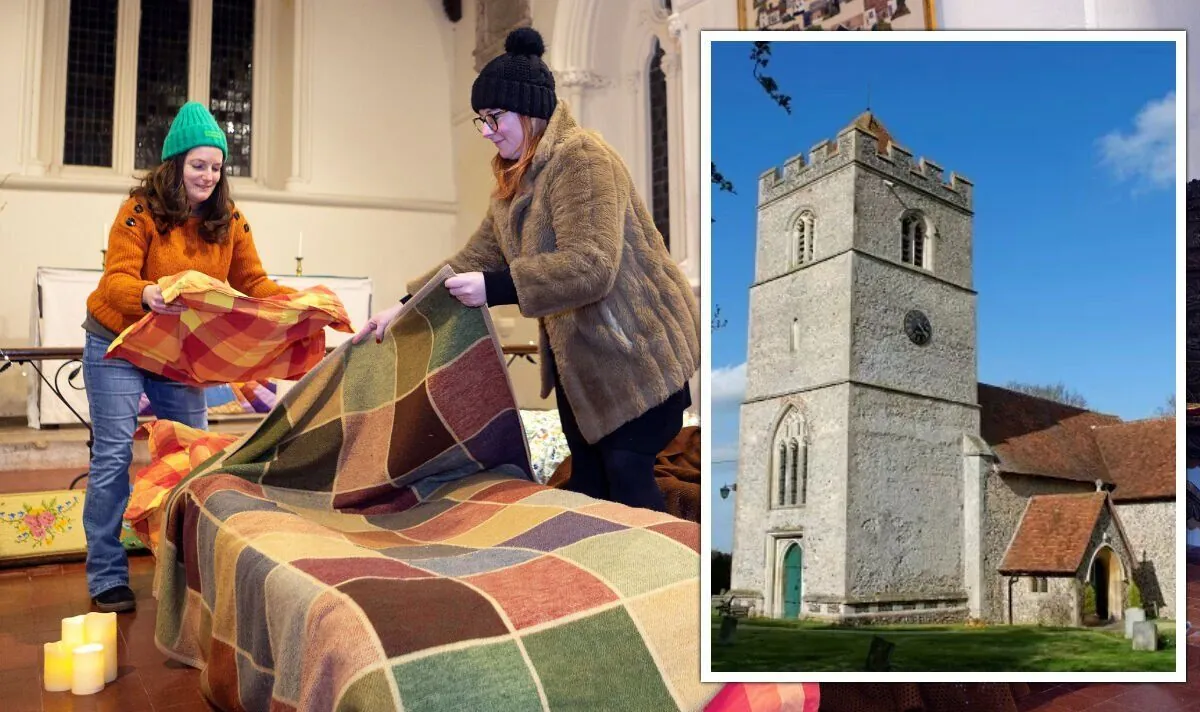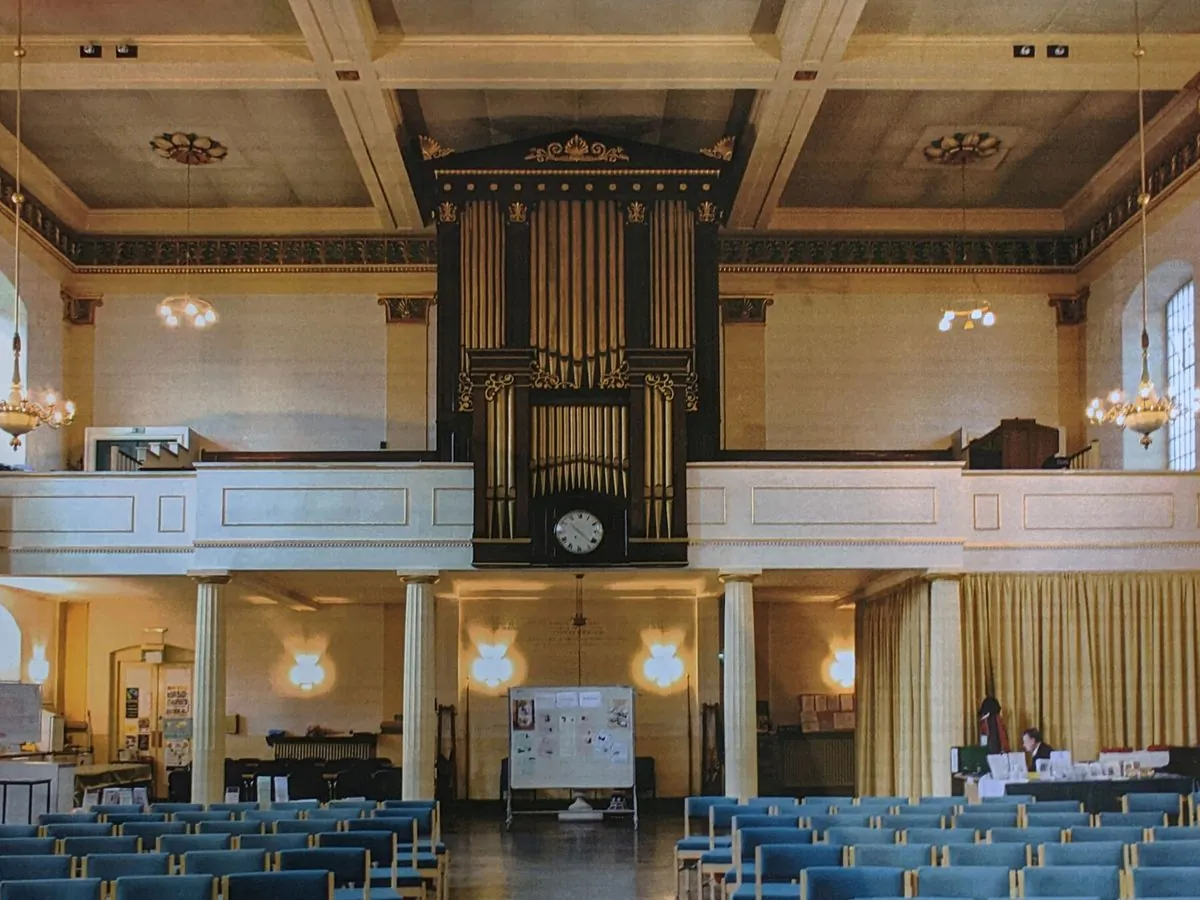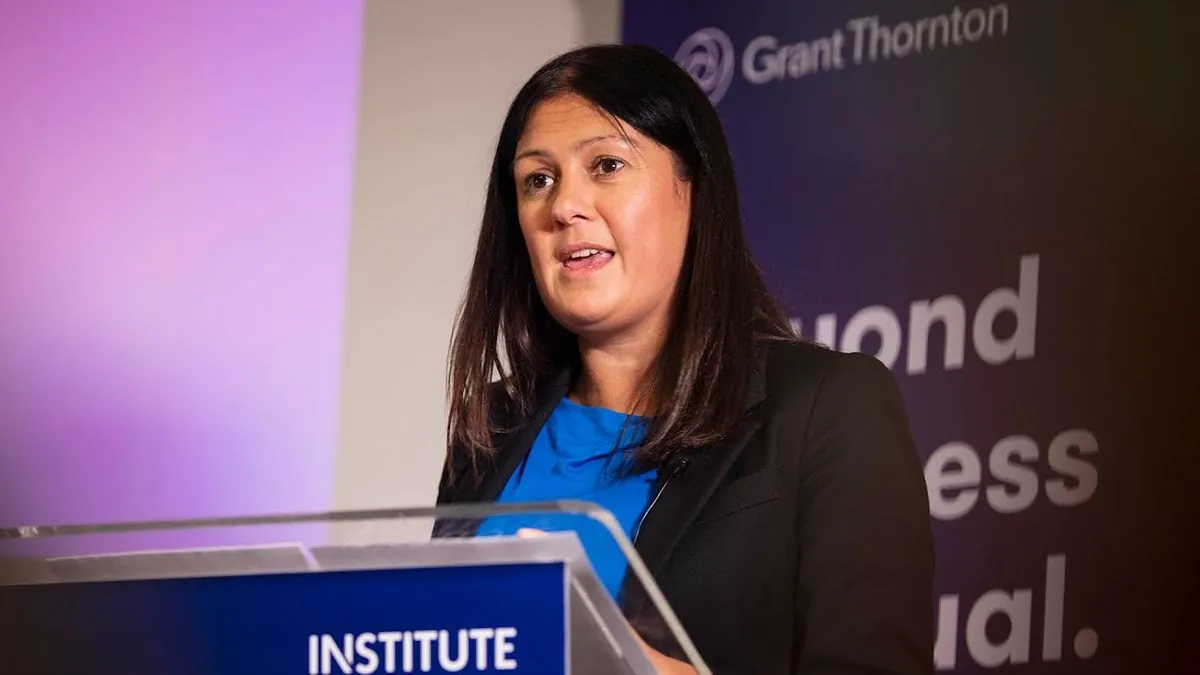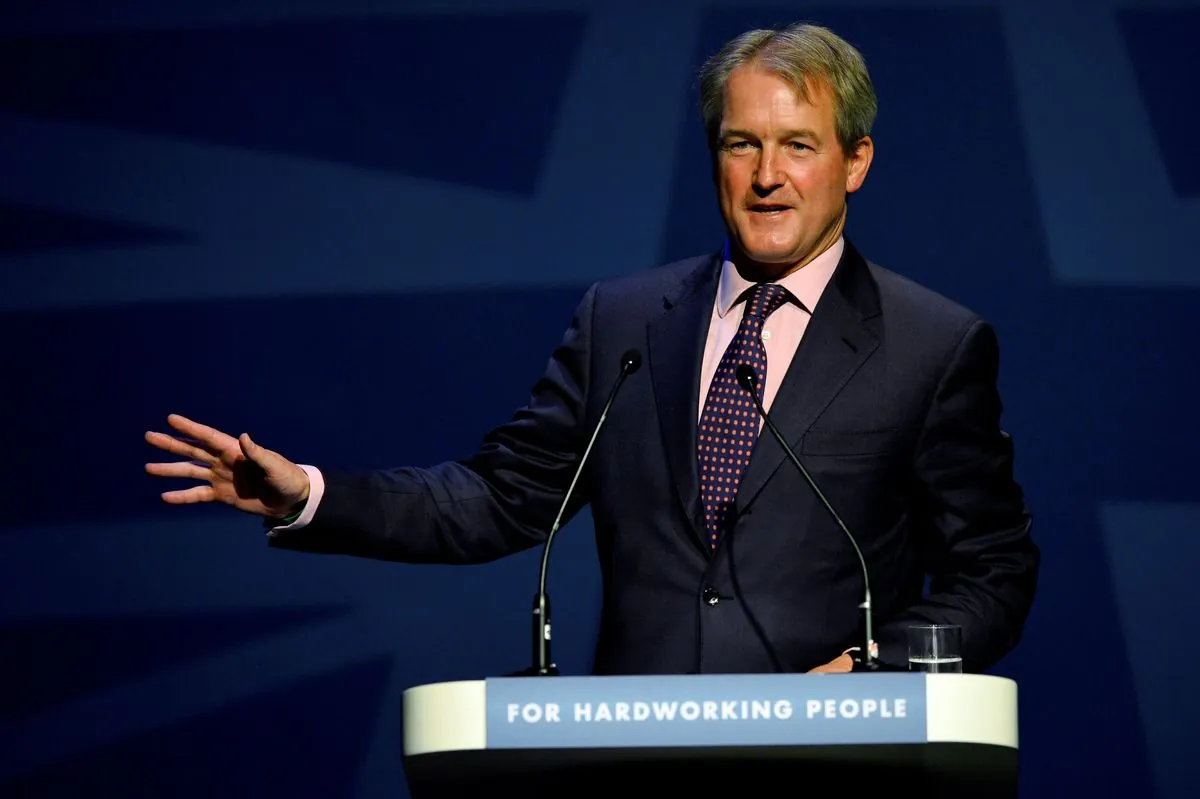Church of England Urges Blankets Over Heating in Net Zero Push
Vicars advised to prioritize warming parishioners over heating spaces in historic churches. The Church of England's 2030 Net Zero campaign faces challenges in balancing environmental goals with preserving ancient buildings.

The Church of England is taking bold steps towards its 2030 Net Zero goal, with vicars now being advised to provide blankets to parishioners instead of heating entire church buildings. This initiative, spearheaded by Rev Giles Goddard, aims to address the economic and environmental challenges of warming centuries-old stone structures.
Rev Goddard emphasizes, "The mantra now is: heat the people not the space." This approach reflects the Church's commitment to reducing carbon emissions while acknowledging the practical difficulties of efficiently heating historic buildings. The Church of England, which oversees more than 16,000 churches across the country, is navigating a complex path between preserving its architectural heritage and meeting modern environmental standards.
St John's Church in Waterloo serves as a prime example of successful green transformation. Built in the early 19th century, the church has undergone a £6 million renovation to improve its environmental footprint. Rev Goddard justifies this substantial investment, noting that the church's frequent use throughout the week makes heating the entire space worthwhile.

However, not all churches are in a position to implement such extensive changes. Many parishes, particularly those housing older structures, face significant challenges in achieving carbon neutrality. The Church's directive to remove oil and gas boilers, install solar panels, and divest from fossil fuels has proven difficult for some congregations to implement.
Cathedrals, with their vast interiors and cold stone walls, present unique challenges. A source revealed that heat pumps, which transfer heat from outside to inside rather than generating it directly, struggle to maintain comfortable temperatures in these expansive spaces.
The case of St John the Baptist in Tideswell, Derbyshire, illustrates the complexities of this green transition. Built between 1320 and 1400, this Grade I-listed church has been without heating since October 2023 due to storm damage. The diocese's refusal to replace gas boilers, citing the 2030 Net Zero goal, has led to concerns about the building's preservation and the well-being of its congregation.
"The Anglican church's unwillingness to deviate from the policy posed a grave threat to the historic church building as well as the spiritual and physical health of its elderly congregation."
To support this ambitious environmental initiative, the Church of England has allocated approximately £190 million, with £30 million invested between 2023 and 2025 for program development and specialist advice. This financial commitment underscores the Church's dedication to addressing climate change as a moral and religious imperative.
As the third-largest Christian communion globally, the Church of England's efforts to reduce its carbon footprint could have far-reaching implications. However, the path to achieving net zero emissions by 2030 remains challenging, requiring a delicate balance between environmental stewardship and the preservation of England's rich ecclesiastical heritage.



































